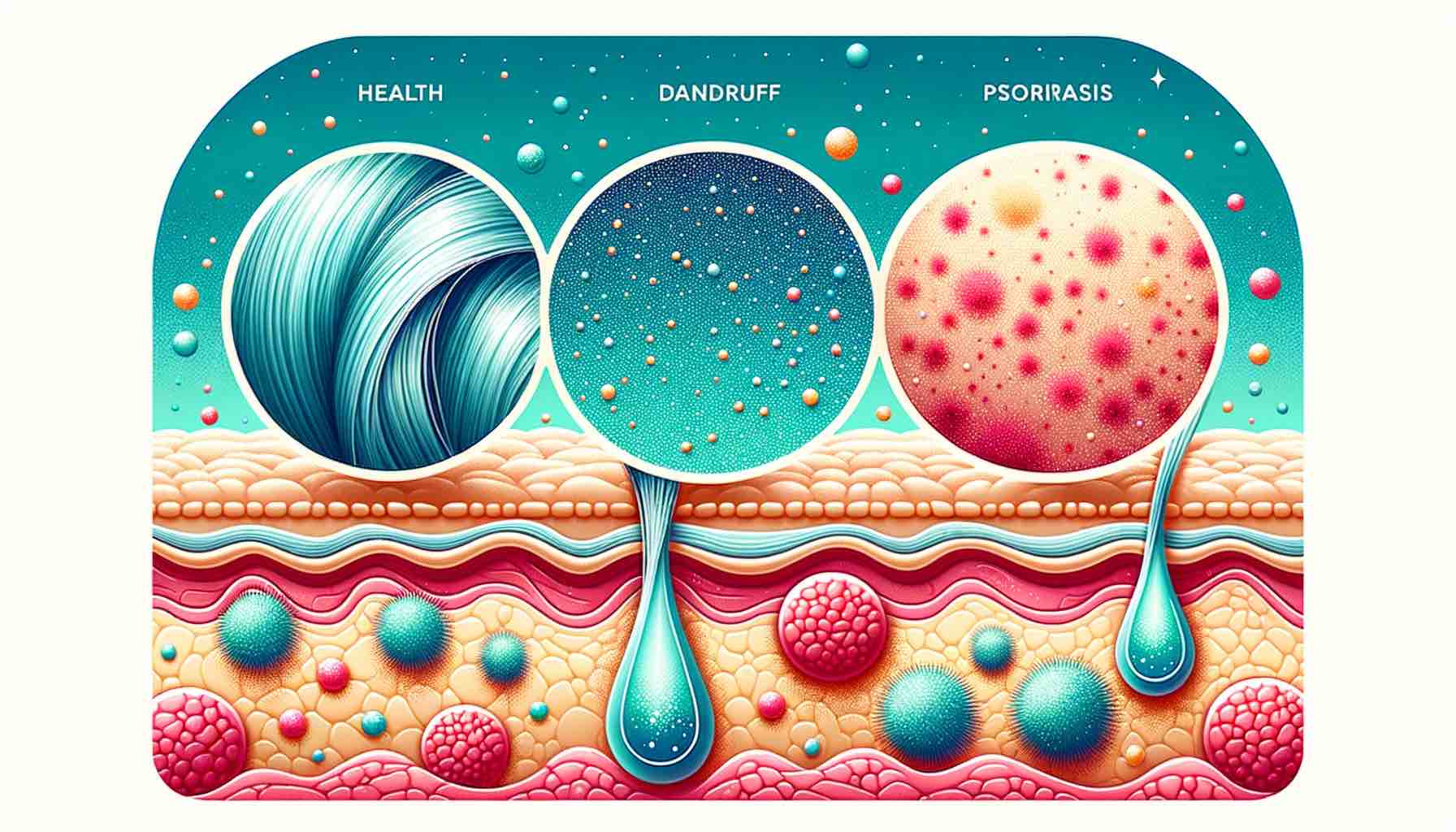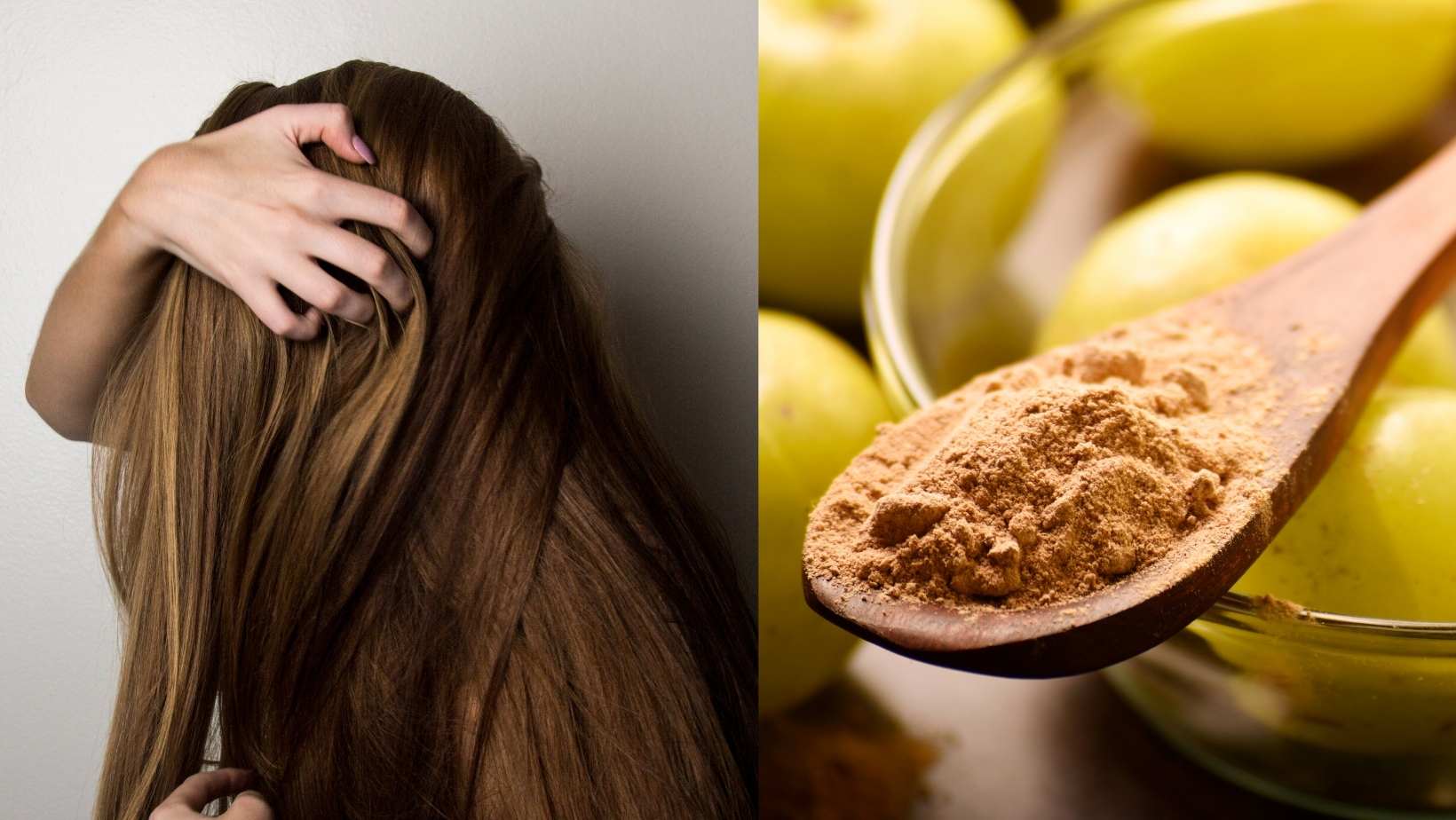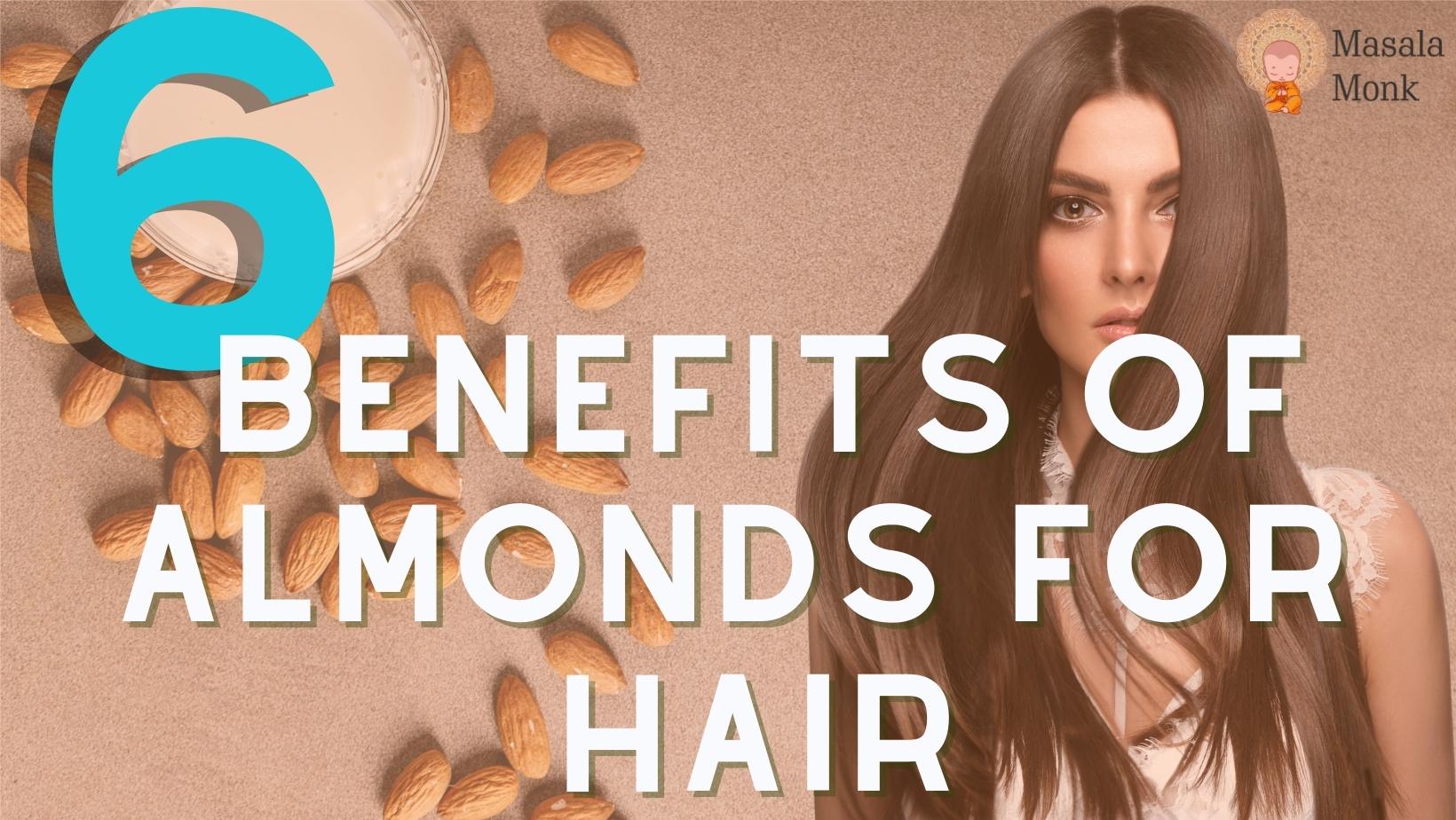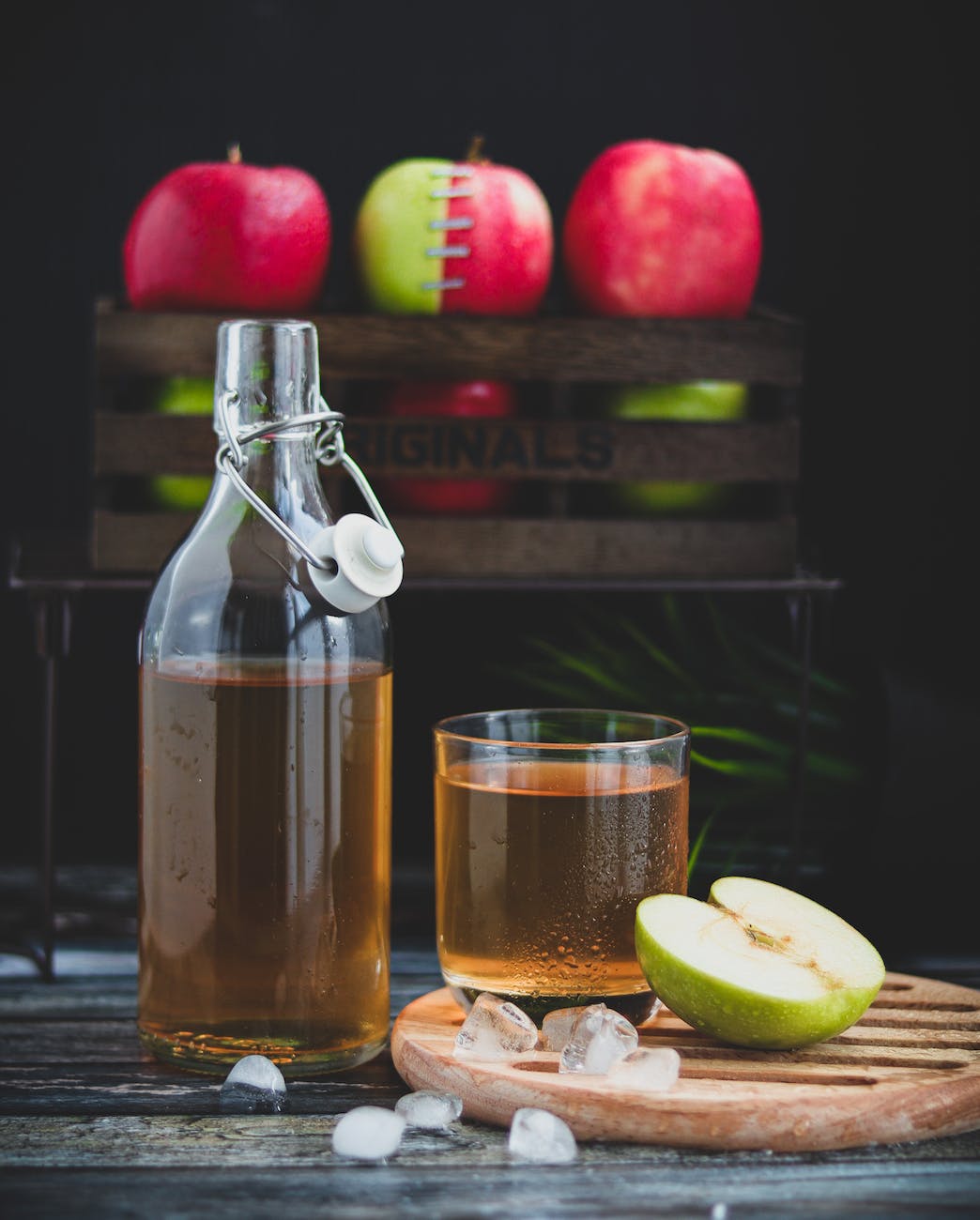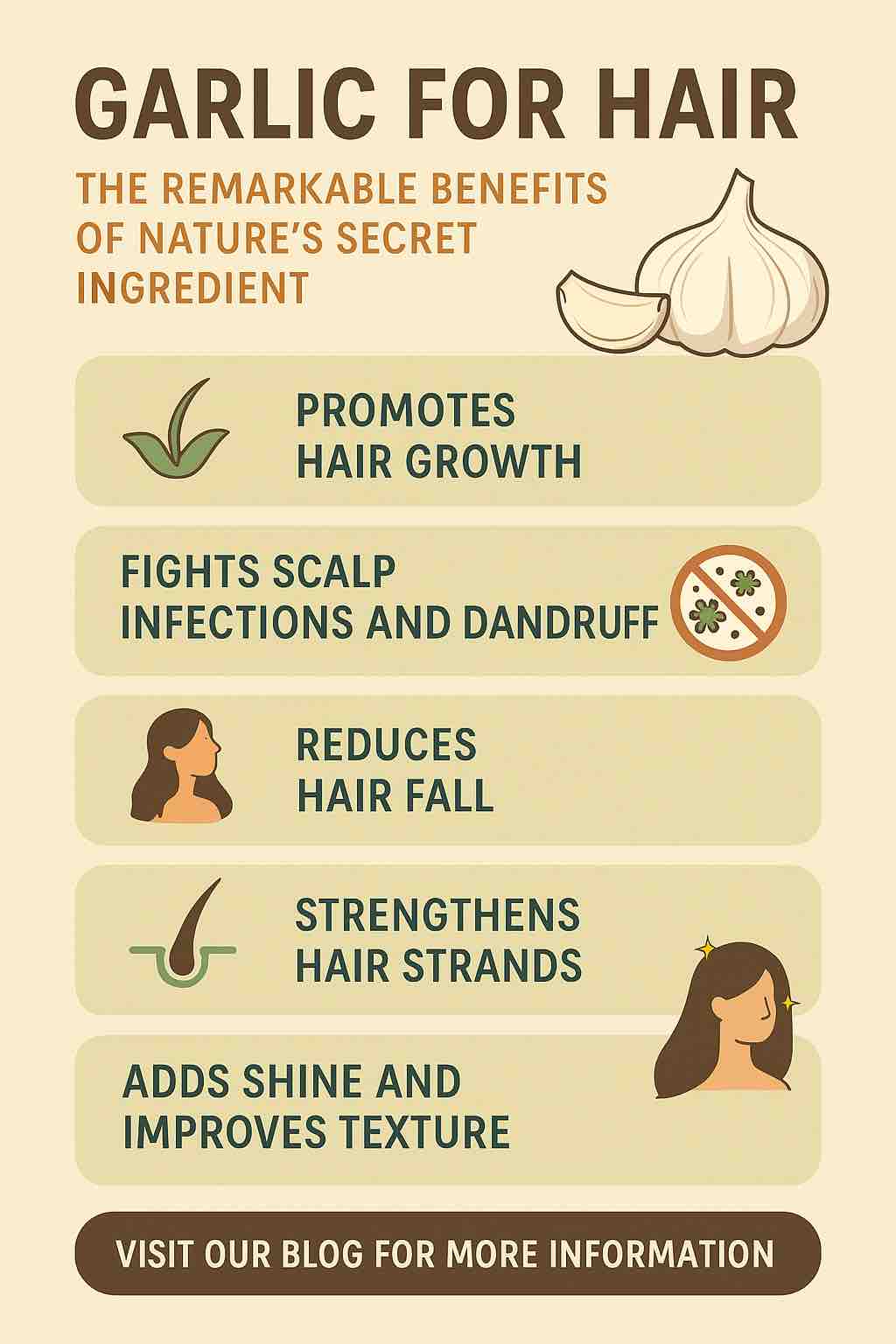
When you think of garlic, what probably comes to mind is its unmistakable aroma wafting from your kitchen — a staple ingredient that enhances countless dishes. But behind its culinary charm lies a hidden treasure: garlic’s potent power in promoting hair health.
In recent years, as natural and home-based remedies have gained traction, garlic has emerged as an unlikely yet powerful player in the world of hair care. Backed by tradition, supported by science, and praised by countless personal testimonies, garlic might just be the missing ingredient in your journey to stronger, thicker, and healthier hair.
🧄 Why Garlic? A Quick Overview
Garlic (Allium sativum) is a plant from the onion family and is rich in several compounds that are vital for both overall health and — as we’re now learning — hair vitality. What makes it particularly interesting for hair care enthusiasts are its:
- High sulfur content (a building block of keratin, the protein in hair)
- Antibacterial and antifungal properties
- Abundance of essential nutrients (Vitamin C, B6, selenium, calcium, zinc)
- Antioxidant-rich profile (fighting scalp inflammation and oxidative stress)
Let’s take a deep dive into how each of these translates into tangible hair benefits.
🌿 The Proven Benefits of Garlic for Hair
1. Stimulates Hair Growth
Perhaps the most exciting claim is garlic’s ability to promote hair growth. This isn’t just folklore. A landmark study published in the Indian Journal of Dermatology found that applying garlic gel along with a corticosteroid cream significantly improved hair regrowth in patients suffering from alopecia areata, a condition marked by sudden hair loss in patches.
How does it work?
Garlic helps improve blood circulation in the scalp, ensuring hair follicles get ample nourishment and oxygen. Its sulfur compounds also help regenerate new hair follicles and reinforce existing ones.
Clinical Insight: In another study, hair regrowth was observed as early as two weeks in nearly 45% of subjects using garlic extract.
2. Fights Scalp Infections and Dandruff
Garlic has potent antimicrobial properties. This means it can effectively combat the bacteria, fungi, and microbes that cause dandruff, itching, and scalp infections. By neutralizing these pathogens, garlic restores a healthy scalp environment that is conducive to hair growth.
Did You Know?
Allicin, a compound found in fresh garlic, is largely responsible for its antimicrobial effects and its distinctive smell.
3. Reduces Hair Fall and Breakage
Frequent hair fall can stem from a number of issues: poor scalp health, weak roots, or external damage. Garlic works to resolve each of these by:
- Nourishing hair follicles with zinc and selenium
- Strengthening the hair shaft due to its keratin-supportive sulfur content
- Reducing inflammation of the scalp, a common cause of hair fall
4. Enhances Hair Texture and Shine
Over time, using garlic-infused oils or masks can lead to visibly improved hair texture. Users report that their hair feels:
- Softer
- Shinier
- More manageable
This is likely due to garlic’s ability to boost collagen production, thanks to Vitamin C, while also sealing in moisture when used in oil-based applications.
🧪 What Does Science Say?
While traditional medicine has used garlic for centuries, modern science is catching up:
- A 2007 study involving garlic gel plus corticosteroids showed significantly better results in alopecia areata patients compared to corticosteroids alone.
- A ResearchGate study noted that hair growth began within two to six weeks in patients treated with garlic extract.
- Garlic is also being explored for its potential to modulate immune response — crucial in autoimmune forms of hair loss like alopecia areata.
That said, large-scale clinical trials are still needed to definitively establish garlic’s place in modern dermatology.
🧴 How to Use Garlic for Hair: Methods That Work
Here are the most effective (and safe) ways to incorporate garlic into your hair care routine:
✅ 1. Garlic Oil Massage
Ingredients:
- 6–8 garlic cloves (crushed)
- 2 tbsp coconut oil or olive oil
How to make:
- Heat the oil and crushed garlic on low heat until the garlic turns golden.
- Strain and let cool.
- Massage into the scalp for 5–10 minutes.
- Leave for 30 minutes or overnight.
- Wash with a mild shampoo.
Frequency: 2–3 times a week
Tip: Add a few drops of rosemary or tea tree oil for extra growth and fragrance benefits.
✅ 2. Garlic Hair Mask for Hair Growth
Ingredients:
- 1 tbsp garlic juice
- 2 tbsp aloe vera gel
- 1 tbsp honey
How to use:
- Mix ingredients into a smooth paste.
- Apply to the scalp and hair.
- Cover with a shower cap.
- Leave for 20–30 minutes.
- Rinse thoroughly.
Why it works:
Aloe vera soothes the scalp, honey adds moisture, and garlic stimulates the follicles.
✅ 3. Garlic-Infused Shampoo
If raw garlic or masks feel too strong for you, try this milder option:
- Add a teaspoon of garlic juice or garlic oil to your regular shampoo.
- Shake well and use 1–2 times a week.
This allows you to benefit from garlic without the potent smell or potential irritation.
⚠️ Side Effects and Precautions
Garlic is strong — both in smell and potency. Here’s what you should know before starting:
- Skin Irritation: Direct application of raw garlic can burn or irritate sensitive skin. Always dilute with a carrier oil and do a patch test.
- Allergic Reactions: Rare, but possible. Discontinue use if redness, itching, or burning persists.
- Odor: Garlic has a persistent smell. Consider using essential oils or lemon juice in your rinse to neutralize it.
Pro Tip: Use old towels and pillowcases when using garlic treatments overnight.
🔚 Final Thoughts: Should You Try Garlic for Hair?
If you’re dealing with thinning hair, slow growth, or scalp issues and are seeking a natural remedy backed by both tradition and emerging science, garlic is a worthy contender.
Its combination of sulfur compounds, minerals, and antimicrobial properties makes it more than just a kitchen staple — it’s a potential powerhouse for hair rejuvenation.
While not a miracle cure, consistent use (along with a healthy diet and hair care regimen) can yield noticeable results. And the best part? It’s inexpensive, accessible, and easy to prepare at home.
📌 Ready to Get Started?
Whether you opt for DIY garlic oil, a rejuvenating hair mask, or an infused shampoo, garlic can become a transformative part of your hair care journey. Just remember: patience is key, and consistency pays off.
🧄 Frequently Asked Questions (FAQs)
1. Can garlic really help with hair growth?
Yes, garlic has been shown in clinical studies to stimulate hair regrowth, especially in cases like alopecia areata. Its sulfur, selenium, and allicin content improve blood flow to the scalp, nourish hair follicles, and reduce microbial infections that can hinder growth.
2. How long does it take to see results from using garlic on hair?
Some studies observed hair regrowth within 2 to 6 weeks of consistent application. However, individual results vary based on the cause of hair loss, frequency of use, and overall scalp health. Generally, visible improvement can be expected within 4–8 weeks.
3. Can I apply raw garlic directly to my scalp?
No, applying raw garlic directly can cause burning, irritation, or allergic reactions. It should always be diluted with a carrier oil like coconut or olive oil. A patch test is highly recommended before full application.
4. How often should I use garlic for hair treatment?
For best results, use garlic oil or masks 2–3 times per week. Overuse can irritate the scalp, so it’s important to monitor how your skin responds and adjust accordingly.
5. Will garlic make my hair smell bad?
Garlic has a strong, lingering odor. To minimize it:
- Add essential oils (like lavender or rosemary)
- Rinse with lemon juice or apple cider vinegar
- Use garlic at night and shampoo thoroughly the next morning
6. Is garlic suitable for all hair types?
Yes, garlic can be used for all hair types, including curly, straight, wavy, or coily. However, people with sensitive skin or scalp conditions should consult a dermatologist before use.
7. Can I leave garlic oil on overnight?
Yes, you can leave diluted garlic oil on overnight, but only if your scalp doesn’t react negatively. Use an old pillowcase and wrap your hair to avoid staining and odors. Start with shorter durations if you’re unsure.
8. Can garlic help with dandruff and itchy scalp?
Absolutely. Garlic’s antifungal and antibacterial properties make it effective in treating dandruff, fungal infections, and other scalp conditions that cause itching and flaking.
9. Is there a commercial garlic shampoo I can buy?
Yes, some hair care brands offer garlic-infused shampoos and conditioners. These can be a milder, more convenient alternative to DIY treatments, especially if you’re concerned about smell or irritation.
10. Are there any risks or side effects of using garlic on hair?
Potential side effects include:
- Scalp irritation or burning
- Allergic reactions
- Strong odor retention
These can be avoided by proper dilution, patch testing, and following usage guidelines.

